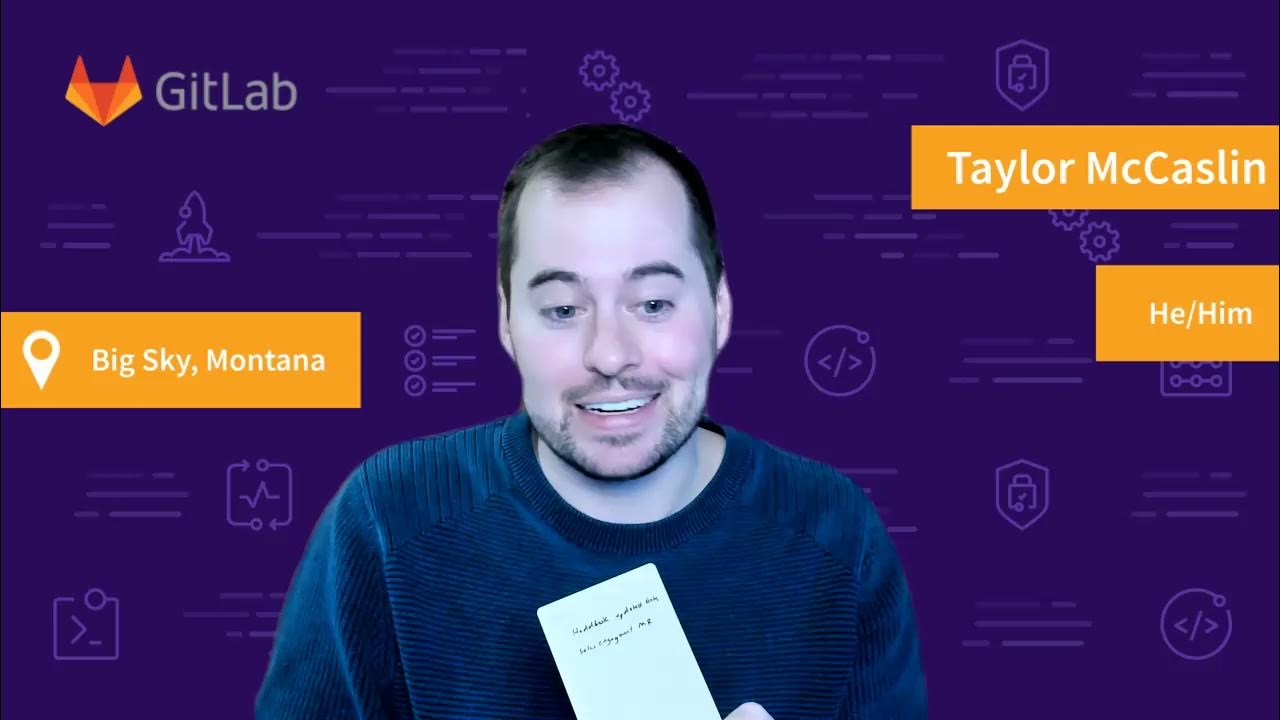How to Plan a Study Session! || Really Productive!
Summary
TLDRRuby introduces a productive study method that involves creating a physical representation of tasks using sticky notes. She suggests writing out a 'petite duelist' and transferring tasks onto sticky notes, which are then placed on the corresponding textbooks or resources. This method helps visualize productivity by seeing the removal of notes and resources as tasks are completed. Ruby believes this approach combats procrastination and enhances productivity, encouraging viewers to share their experiences with the method.
Takeaways
- 📝 Write a 'petite duelist' (presumably a to-do list) to plan study sessions.
- 📑 Transfer the to-do list onto sticky notes for a physical representation of tasks.
- 🔖 Attach sticky notes to the hard copies of tasks, like textbooks or papers.
- 📚 Arrange resources needed for each task before starting to streamline the process.
- 🎯 Ensure all necessary materials are laid out in the order of completion.
- 📑 Peel off the sticky note and remove the hard copy once a task is completed.
- 🚀 This method provides a visual representation of productivity and progress.
- 💪 Seeing physical progress can motivate and increase productivity over time.
- 🛑 Useful for combating procrastination by providing a clear and actionable plan.
- 👍 Ruby encourages feedback on the method's effectiveness in the comments section.
- 🎶 The video concludes with a motivational message and music to inspire productivity.
Q & A
What is the main topic of Ruby's video?
-The main topic of Ruby's video is a method of planning study sessions that provides a physical representation of productivity.
What is the first step in Ruby's study method?
-The first step in Ruby's study method is to write a petite to-do list.
How are sticky notes used in this study method?
-Sticky notes are used to transfer the tasks from the to-do list and then attach them to the hard copy of whatever task you need to do.
Can you give an example of how to use the sticky notes with study materials?
-For example, if you need to take notes from your textbook, you would put your textbook on a flat surface and lay out all the tasks in the order you want to complete them using sticky notes.
What should you ensure about the resources needed for each task?
-You should ensure that all the resources needed for each task are set out before you begin.
How does this method help in visualizing productivity?
-This method helps visualize productivity by allowing you to physically see the gaps where books or papers once were, indicating the tasks you have completed.
Why does Ruby believe this method helps with productivity?
-Ruby believes this method helps with productivity because seeing physical progress can make you feel more productive, which in turn makes you more productive.
How can this method be particularly useful?
-This method can be particularly useful if you are having trouble with procrastination.
What does Ruby hope viewers will do if they find the method useful?
-Ruby hopes viewers will let her know in the comments if they find the method useful, as she would love to hear their thoughts.
What is Ruby's overall message to her viewers at the end of the video?
-Ruby's overall message to her viewers is to have a productive week.
Outlines

このセクションは有料ユーザー限定です。 アクセスするには、アップグレードをお願いします。
今すぐアップグレードMindmap

このセクションは有料ユーザー限定です。 アクセスするには、アップグレードをお願いします。
今すぐアップグレードKeywords

このセクションは有料ユーザー限定です。 アクセスするには、アップグレードをお願いします。
今すぐアップグレードHighlights

このセクションは有料ユーザー限定です。 アクセスするには、アップグレードをお願いします。
今すぐアップグレードTranscripts

このセクションは有料ユーザー限定です。 アクセスするには、アップグレードをお願いします。
今すぐアップグレード関連動画をさらに表示

Following Up: The Key to Conducting Effective Meetings

Zettelkasten Smart Notes: Step by Step with Obsidian

Study LESS Study SMART - Motivational Video on How to Study EFFECTIVELY

Daily Routine to Score 95% in Class 9th/ 10th🔥| Time Management| Prashant Kirad

Master Your Week with the GAP Method: Bullet Journal Planning

Productivity Tips: 3 Tasks System
5.0 / 5 (0 votes)
